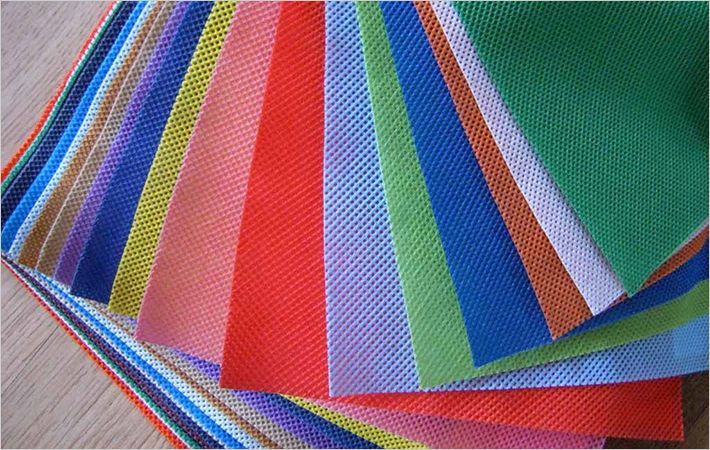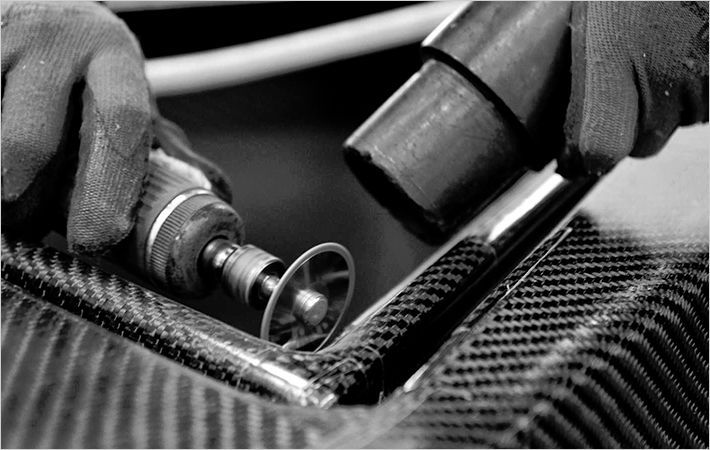Two companies have come together to develop technologies which enable high-volume production of carbon fibres cost effectively, with an aim to use these in vehicles.
Two companies have come together to develop technologies which enable high-volume production of carbon fibres cost effectively, with an aim to use #
Carbon fibre components are touted to play major role in reducing vehicles’ weight and increasing fuel efficiency. This is because carbon fibre is a super strong extremely lightweight material. It is almost five times as strong as steel, two times as stiff, and weighs about two-thirds less. Carbon fibre is basically very thin strand of carbon, even thinner than human hair.
Two companies have come together to develop technologies which enable high-volume production of carbon fibres cost effectively, with an aim to use #
The joint development agreement signed between Ford and DowAksa aims to formally advance research in the area of cost-effective, high-volume manufacturing of automotive-grade carbon fibre. The agreement will combine DowAksa’s feedstock capacity, carbon fibre conversion and downstream intermediates production capabilities with Ford’s expertise in design, engineering and high-volume manufacturing. The goal is to produce cost-effective carbon fibre composite parts which meet automotive strength requirements.
Two companies have come together to develop technologies which enable high-volume production of carbon fibres cost effectively, with an aim to use #
“Automotive manufacturers’ use of carbon fibre composites has been hindered by the absence of both high-volume manufacturing methods and affordable material formats. This partnership combines the individual strengths of each company to target these challenges,” said DowAska vice chairman Mehmet Ali Berkman.
Two companies have come together to develop technologies which enable high-volume production of carbon fibres cost effectively, with an aim to use #
The agreement allows the two companies to collaboratively generate new, lower-cost automotive grades of carbon fibre which can be applied to aligned and random fibre formats while maintaining compatibility with both thermoset and thermoplastic matrices. The agreement also includes a pathway for potential extension of collaboration into a commercial manufacturing partnership.
Two companies have come together to develop technologies which enable high-volume production of carbon fibres cost effectively, with an aim to use #
“This joint development agreement reinforces Ford’s commitment to our partnership with DowAksa, and our drive to bring carbon fibre components to the broader market. The goal of our work here fits within the company’s Blueprint for sustainability, where future Ford vehicles will be lighter with optimised performance that would help consumers further improve fuel economy and reduce emissions,” said Mike Whitens, director, Vehicle Enterprise Sciences, Ford Research and Advanced Engineering.
Two companies have come together to develop technologies which enable high-volume production of carbon fibres cost effectively, with an aim to use #
“This agreement marks another milestone in the partnership to develop lightweight solutions for the automotive industry. Ford and DowAksa’s collaboration will accelerate delivery of advanced materials and technologies to meet and exceed expectations for high performance and fuel economy,” said DowAksa chairman Heinz Haller.
Two companies have come together to develop technologies which enable high-volume production of carbon fibres cost effectively, with an aim to use #

